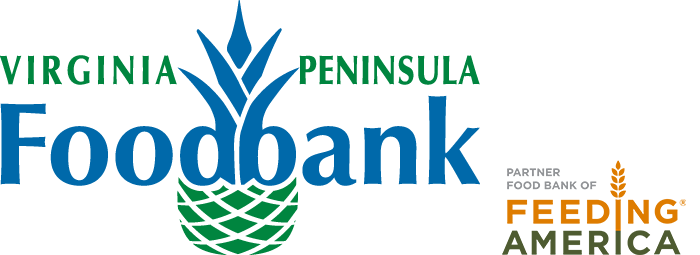Hunger In Our Community
What does it mean to be food insecure?
Food insecurity is a lack of consistent, predictable access to food that is affordable and nutritious. It is a condition experienced by economic hardships and indicated by running out of food, not having the money to buy more food, and not having access to healthy food. For instance, many residents of urban areas live in food deserts – areas without grocery stores, where the only food available is in the form of pre-packaged, highly-processed snacks.
Food insecurity is most frequently experienced by single-income, single-parent households, seniors, veterans and those without adequate transportation.
It is estimated that one in 11 individuals is affected by food insecurity across the greater Peninsula or 48,320 people. This is particularly devastating to children whose ability to learn is negatively impacted by hunger. Malnutrition is linked with delayed development, increased risk of chronic illnesses, and behavioral problems.
Skyrocketing food and fuel costs have made it even more difficult for families facing hunger to access enough to eat and have put additional strains on food banks to purchase more food than ever due to the increase in need. With the higher cost of living, the Foodbank is experiencing an increase of up to 30% of individuals reaching out for assistance. For fiscal year ending June, 2023, the Foodbank's programs, mobile food pantry distributions and partner agencies have had close to 322,000 visits compared to fiscal year ending June, 2022 244,000 visits. With this substantial increase in need, and up to a 50% decrease in food donations, the Foodbank is utilizing their purchasing power, with your help, to buy more healthy food.
The past several years have been tough for a lot of families. Too many families across our community live with the anxiety of not knowing where their next healthy meal is coming from. Hunger is closer than you think. It could be your neighbor, co-worker, family member, or a friend.
Ryan, a food assistance recipient, tells us, "My wife and I both have health problems that get worse when we don't eat or eat bad foods. We were joyful that we could get fruits and lean meats at your food pantries. The people who were giving out the food were kind to us, too. I know things will get better for us soon, but these food pantries honestly gives food that we would not have without the Foodbank being around."
Hunger in America Stats
Map the Meal Gap
Advocacy plays an important role in our fight against hunger. Currently, based on Feeding America’s Map the Meal Gap, the Greater Peninsula has one of the highest levels of food insecure families in the state of Virginia. Over 62,000 individuals in the Foodbank’s service area, almost 20,000 of which are children, have limited or uncertain access to adequate food to live a healthy nutritious life. Help us make a difference by sharing our story.
Feeding America publishes a comprehensive Map the Meal Gap study, which estimates the rate of food insecurity for both the general population and children under the age of 18. The estimates are calculated at the county and congressional-district level for the entire Feeding America network.
Learn more about hunger across America with the Map the Meal Gap research provided by Feeding America.
